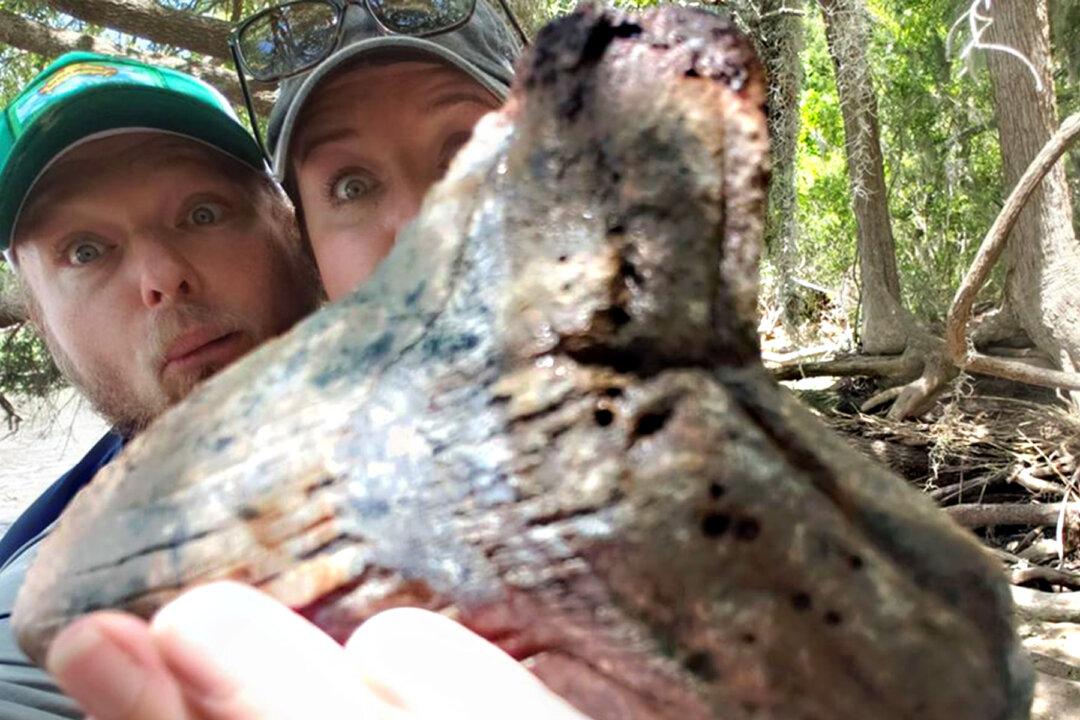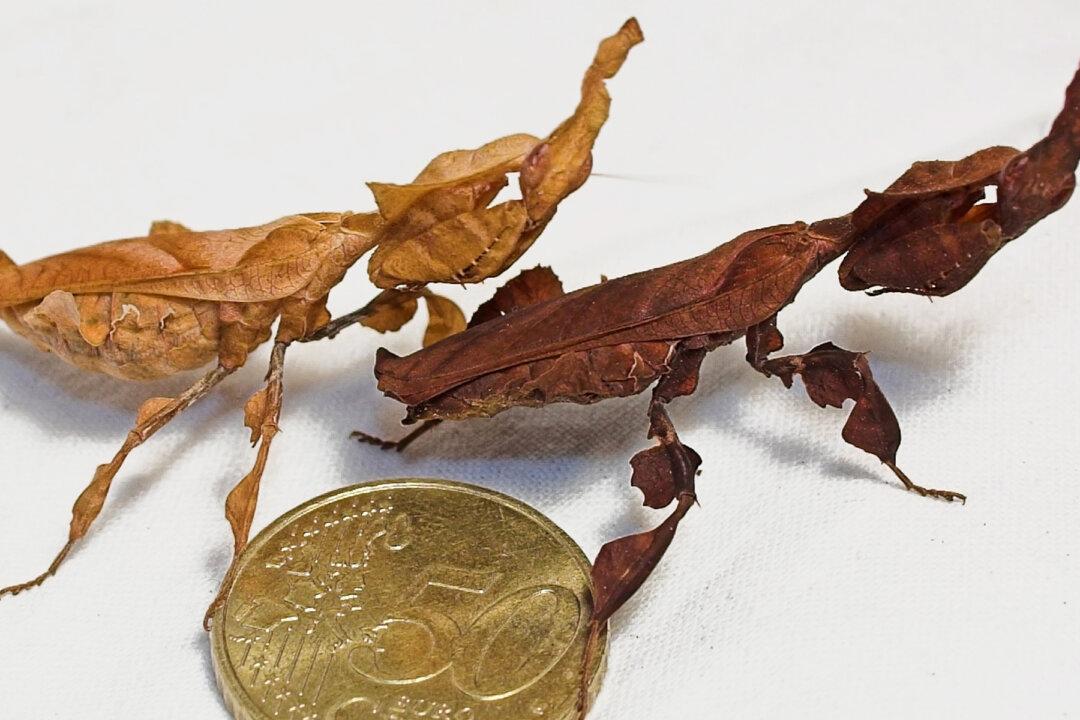The sci-fi thriller “The Meg” may have had many viewers jumping out of their seats, but the discovery of an enormous fossilized megalodon shark tooth in South Carolina shows just how terrifying these prehistoric creatures really must have been.
Charleston resident Jessica Rose-Standafer Owens, her husband, and some friends were hunting for fossils in a local riverbank when she happened upon a big one. She later shared her discovery in a Facebook post.





